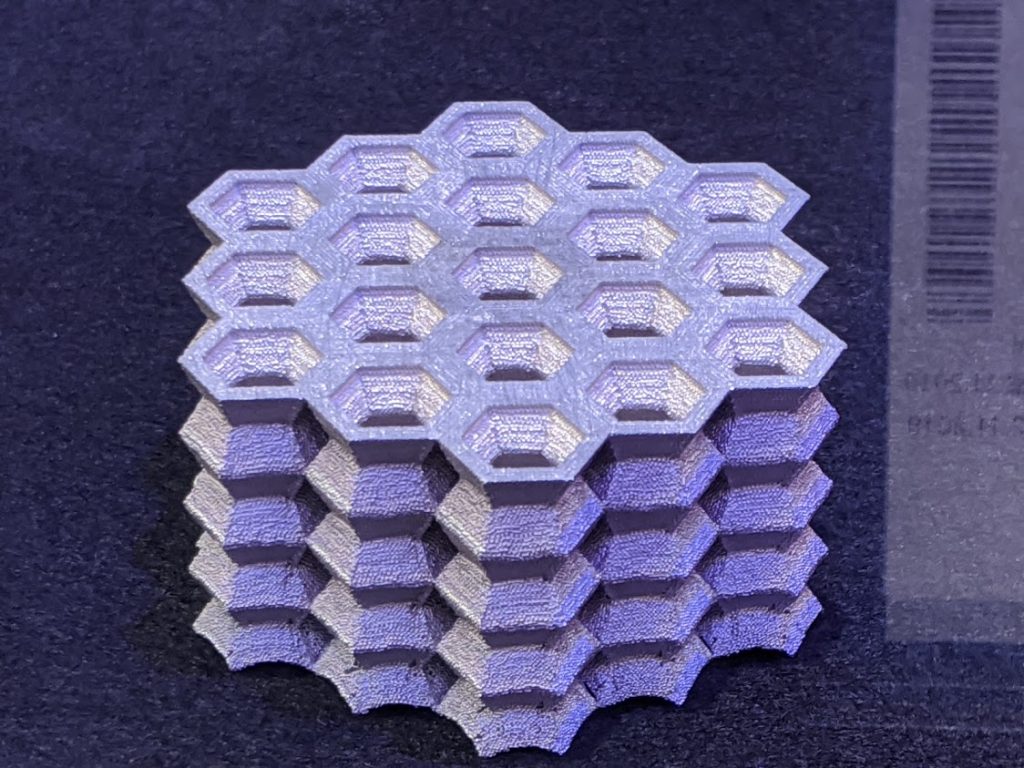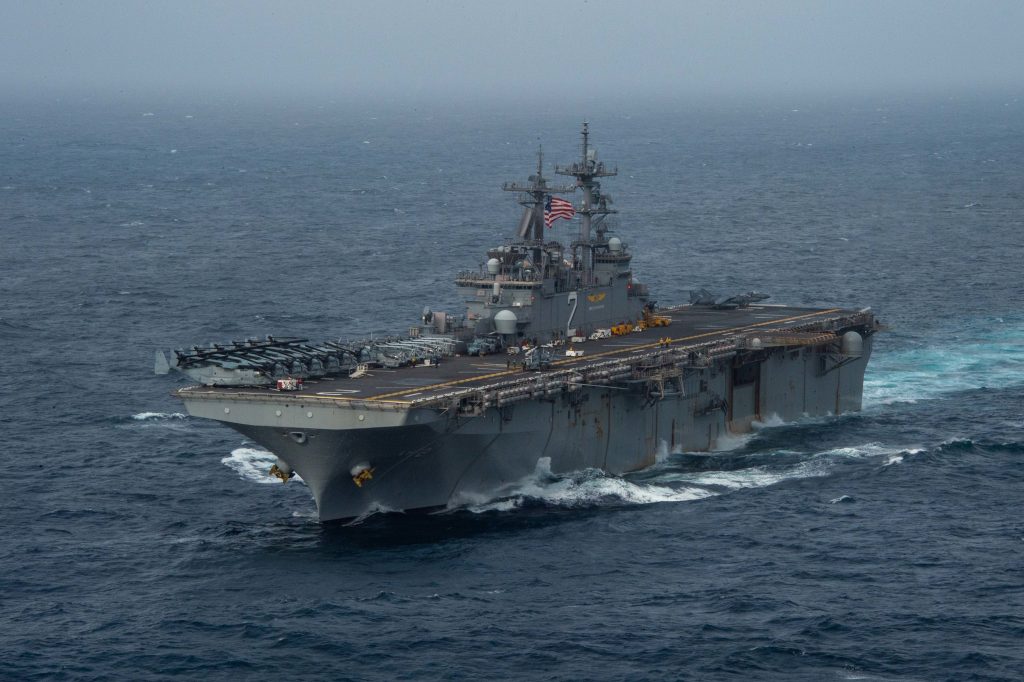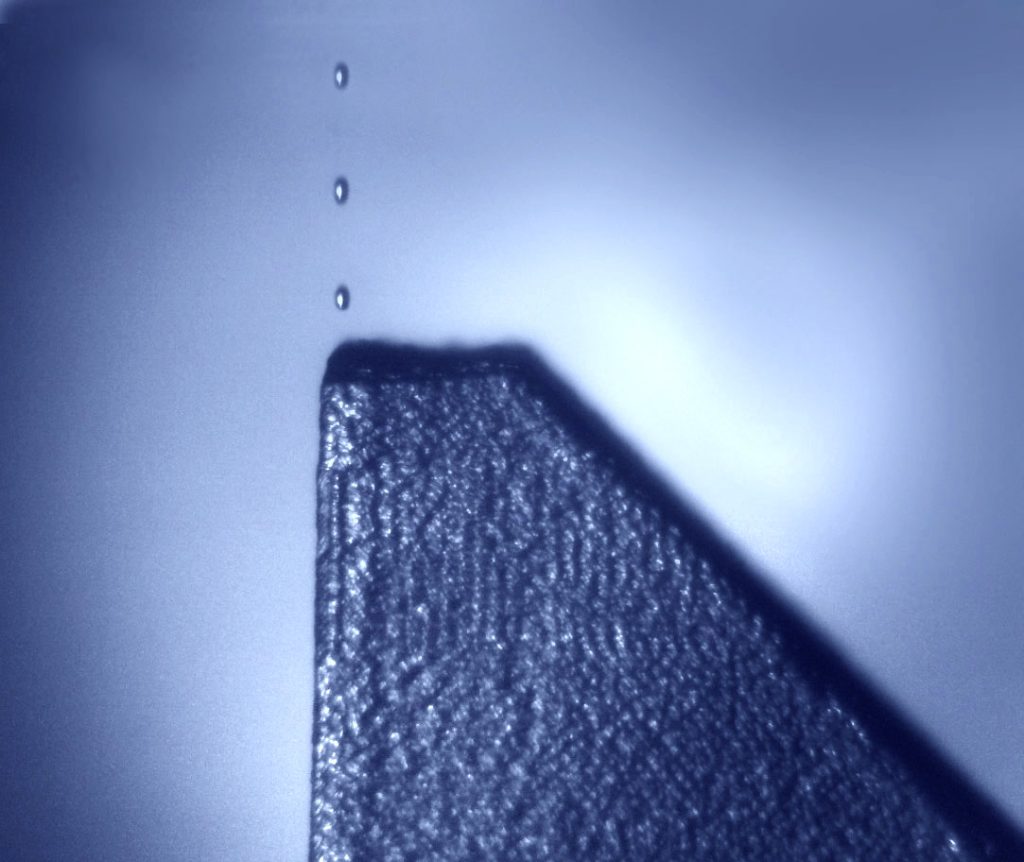Commander, Naval Surface Force, U.S. Pacific Fleet (COMNAVSURFPAC) and the Navy Postgraduate School (NPS) have installed a Xerox 3D printer on the USS Essex, a Wasp-class amphibious assault ship.
Sitting at over 800 feet long, the mobile landing helicopter dock can house more than 1,600 troops and up to dozens of aircraft at a time.

In the wake of the installation, the Essex will serve as a test bed to evaluate the performance of the unnamed 3D printer out on the open sea for the very first time. If successful, the Navy hopes to leverage the additive manufacturing technology to vastly improve its overall warfighting capabilities.
Lt. Cmdr. Nicolas Batista, the Aircraft Intermediate Maintenance Department (AIMD) officer of the Essex, said, “Having this printer aboard will essentially accelerate, enhance and increase our warfighting readiness. The capabilities of the 3D printer will enable Essex to become more self-sufficient.”

The power of spare part 3D printing
In the US Navy, ships will usually go out to sea for up to two weeks each month for training purposes. On the other hand, extended deployments may last up to six to nine months at a time, making it difficult to determine all of the spare parts that may be required in that time from the get-go. As such, there’s a constant need for flexible manufacturing capabilities housed right on the ships themselves.
The USS Essex already has manufacturing facilities to produce some of the smaller parts needed on the ship, but these facilities are limited in size and versatility.
Jonah Waage, Aviation Electronics Technician 2nd Class, said, “We have never been able to make something with the precision and intricacy that this new 3D printer will provide which is important because it will contribute to saving time and money for our Navy in the long run.”
The metal 3D printing system on board the Essex is reportedly one of the fastest of its kind on the market. The machine can fabricate aluminum parts up to 10” x 10” in size, and will eventually be used to print fuel adapters, heat sinks, bleed air valves, housings, valve covers, and more.

What’s next for the USS Essex?
The next stage in the project’s timeline will involve training the sailors on how to use the 3D printer. This will pave the way for the sea testing program, whereby a team based on the Essex will 3D print a variety of aluminum maritime parts and report the results back to NPS and COMNAVSURFPAC.
Commander, Naval Air Force, U.S. Pacific Fleet (COMNAVAIRPAC) has also begun working on establishing a specialist in-house facility dedicated to developing new 3D printing applications for the armed forces. The work center will also be used to fabricate spare aircraft parts on demand.
Batista adds, “Additive Manufacturing has become a priority and it’s evident that AM will provide a greater posture in warfighting efforts across the fleet and will enhance expeditionary maintenance that contributes to our Surface Competitive Edge.”
The Navy isn’t the only branch of the armed forces leveraging additive manufacturing for spare parts. In May, the US Air Force invested in a 3D printer capable of producing spare parts for its Strategic Automated Command Control System (SACCS). The move came when a supplier stopped manufacturing a red fault indicator lens cap to cover the lights on the SACCS system, prompting the Air Force to 3D print its own replacement. By utilizing the technology to produce the first cap, they recovered the cost of the printer and scanner and saved more than $4,000.
Elsewhere, the US Army Combat Capabilities Development Command (DEVCOM) is conducting a project that could enable soldiers to 3D print everything from shelter to weapons on the battlefield in the future. Called Project Prime, the initiative is being carried out alongside the US Army 7th Special Forces Group (Airborne) and remote 3D printing secured transmission service DEFEND3D.
Subscribe to the 3D Printing Industry newsletter for the latest news in additive manufacturing. You can also stay connected by following us on Twitter, liking us on Facebook, and tuning into the 3D Printing Industry YouTube Channel.
Looking for a career in additive manufacturing? Visit 3D Printing Jobs for a selection of roles in the industry.
Featured image shows the USS Essex in the Arabian Sea. Photo via Brett McMinoway, US Navy.



